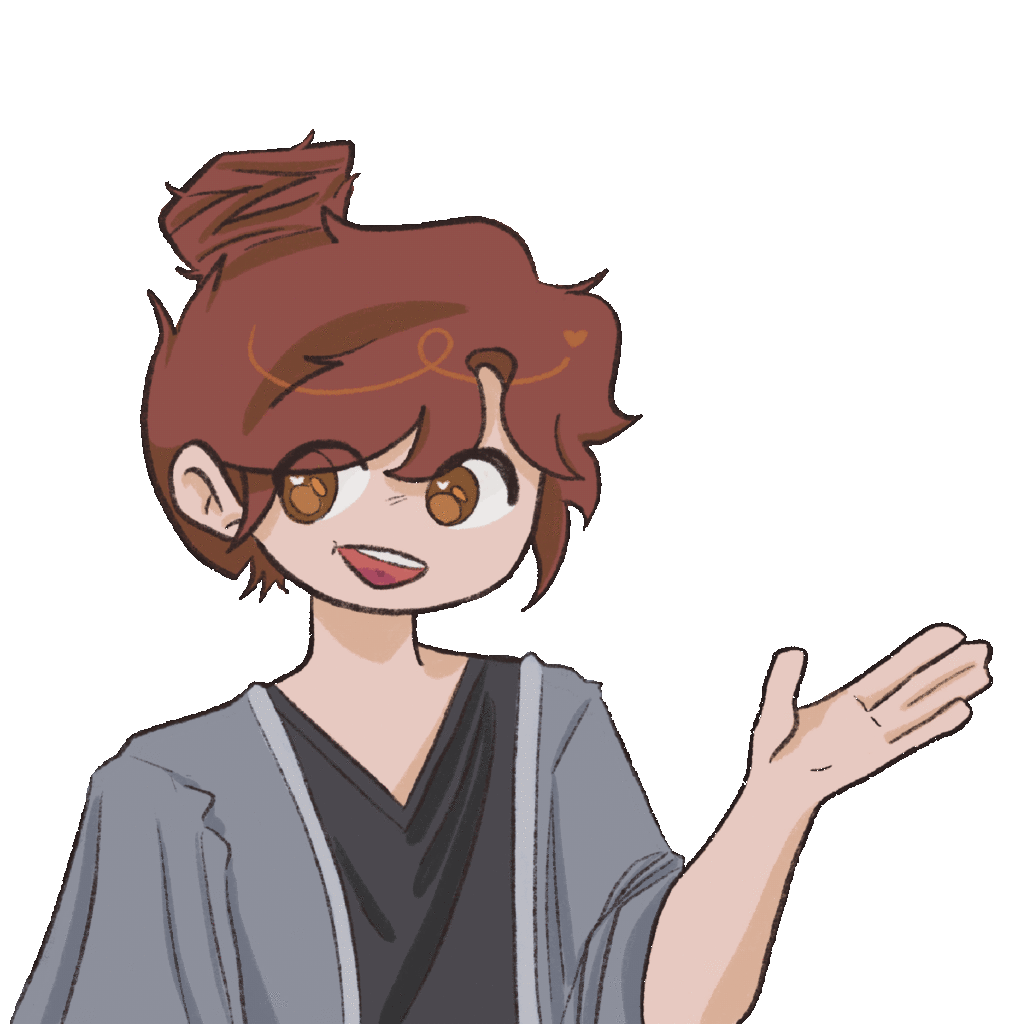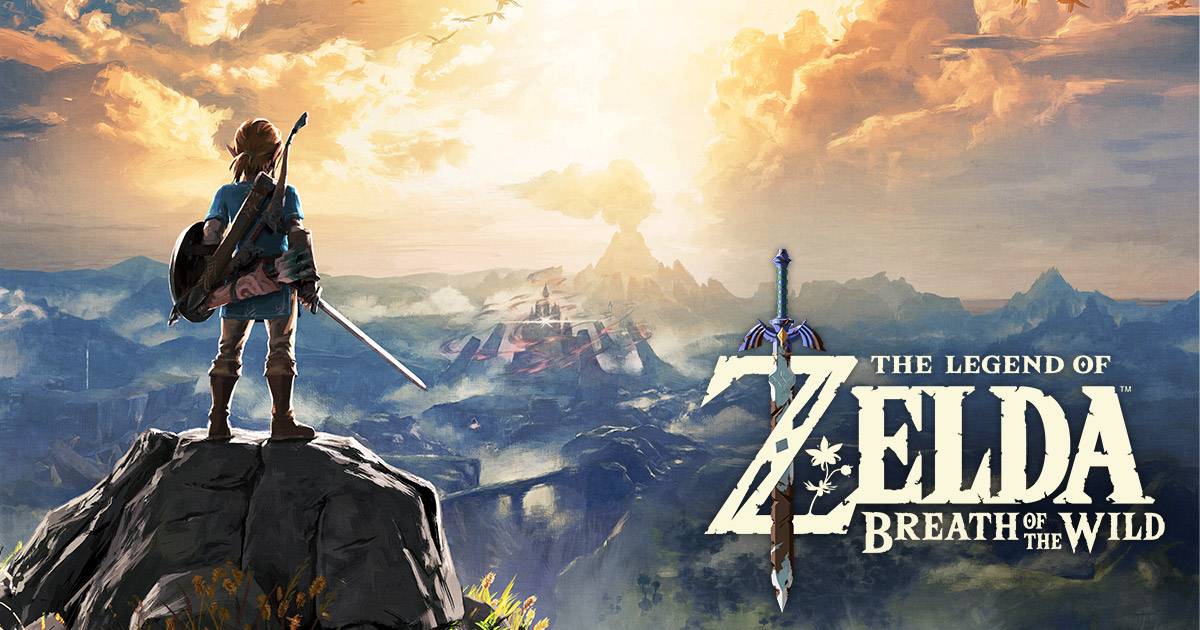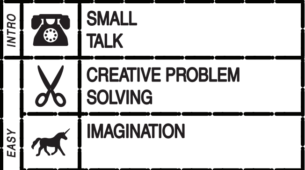I played the game “The Legend of Zelda: Breath of the Wild.” It was created by Nintendo and released in 2017, it and is exclusively available on Nintendo Switch. The target audience is broad, appealing to people of all ages who enjoy open-world exploration and adventure.
The different layers of the world building in BOTW are clearly distinguishable:
- The main character, Link, is the center of the world. Without Link, Princess Zelda and the world would have been destroyed and fallen into chaos.
- The supporting cast from different regions (including Mipha, Revali, Daruk, Urbosa, etc.) all play a part in the story. After defeating the four Divine Beasts, they each gift Link with a unique ability, helping gameplay progression while revealing character backstories.
- The surrounding, which honors the name “Breath of the Wild”, is filled with life and energy. With mechanics featuring elements of physics and nature, this is where the core of the gameplay lies. Players can interact with the environment in a way that is intuitive, respects the laws of physics, and multiplies the sense of agency (Figure 1).
- The society and culture are well-developed, with each region having its own unique cultural background and social structure. Side quests are designed to immerse players and provide a comprehensive understanding of the characters’ values.
- The setting/landscape establishes the tone of a fantasy realm where different races coexist and serve the kingdom of Hyrule, binding the story and all layers together.
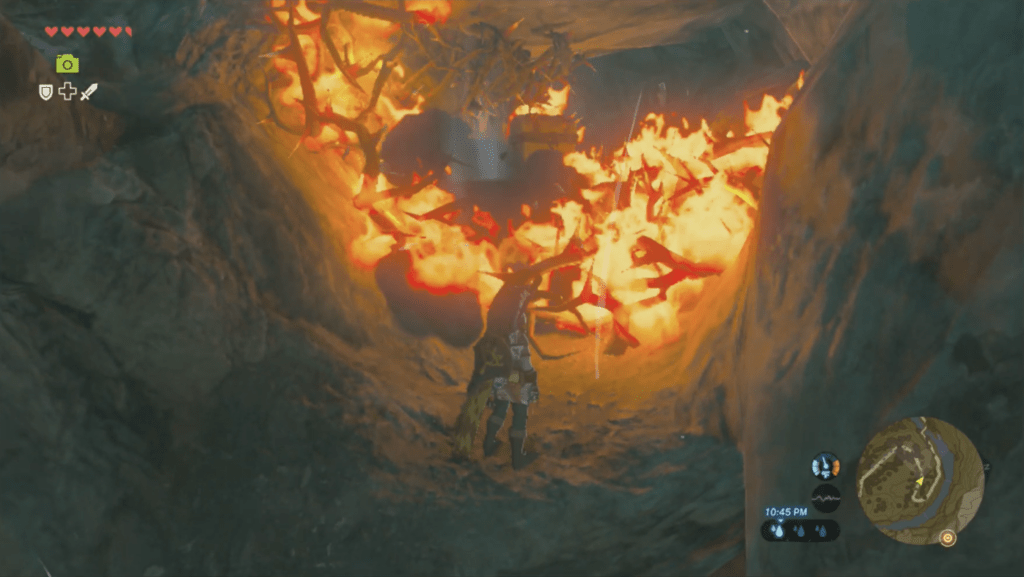
Figure 1. Burning wood or glass creates smoke that can lift a glider upward.
With these five layers coherently integrated, the world building in BOTW is a masterpiece. The game invites the player to care about the world through its old-school yet effective narrative. As we navigate through the world, we are introduced to the history of the kingdom of Hyrule and the events that led to its current desperate situation. People throughout the land are looking for the hero, Link, to save Princess Zelda and restore peace to Hyrule. As Link explores the world, we as players learn to harness the power of the wild to solve puzzles and fight enemies, as well as gain abilities to manipulate the environment around us. This process encourages us to identify with Link and genuinely care about the outcome of the story.
BOTW is also a great example of enactive storytelling. The larger compelling narrative, which is to fight Ganon in Hyrule Castle, is well-balanced with players’ local freedom to explore the world and solve puzzles. Unlike the linear storytelling in other games, different players can choose different paths to complete the story. This allows players to have a sense of ownership and agency over the narrative.
The architecture/environments are meticulously designed to support the gameplay. Unlike some RPG/adventure games where the architecture is just designed to be aesthetically pleasing and invisible walls are everywhere, the architecture in BOTW is designed to be functional: wherever one sees, one can find a way to access. The rocks are climbable, the rivers are swimmable, and the sky is traversable (Figure 2). This represents a significant advancement in game design.
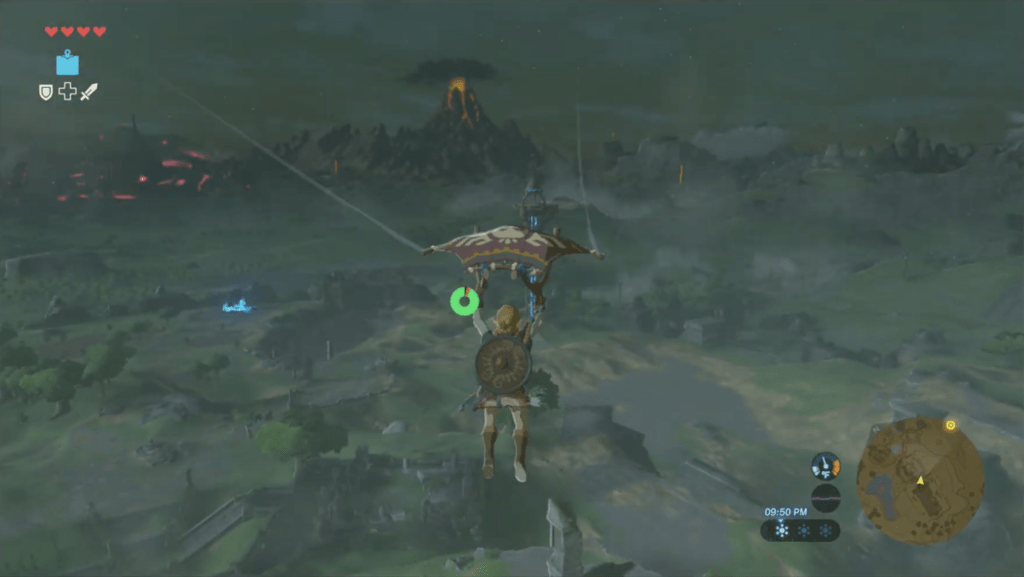
Figure 2. Traversing the sky.
The game features many types of fun/aesthetics: Challenge, Discovery, Narrative, Fantasy, Expression, Sensation, and Abnegation. Players with different tastes and preferences can find their own enjoyment in the game. Some might indulge in the challenge of solving puzzles in shrines or the world (Figures 3-4). Some might enjoy rushing through the story to see what happens next. Some might just wander around the world to experience the beauty of the game. Some might enjoy expressing their creativity by fighting enemies with their own unique strategies (Figure 5).

Figure 3. Floating the bomb down the river near the broken rocks to open the path before setting it off.
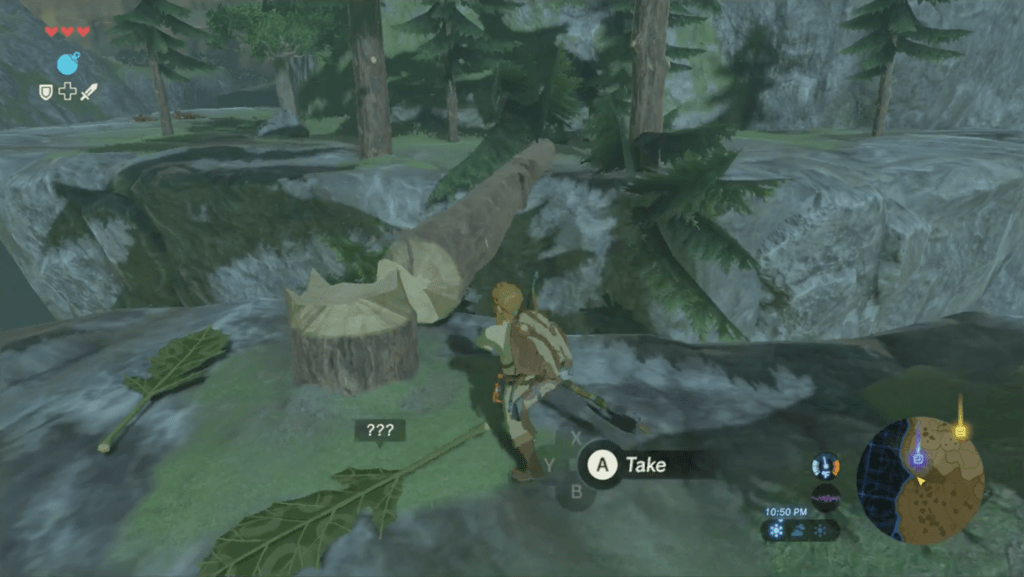
Figure 4. Chopping the tree in the right direction can create a bridge.

Figure 5. Cutting the string that suspends a fire lantern can ignite the explosive barrels near the monsters.
In terms of ethics, BOTW does not explicitly involve the argument of race, as players are not allowed to choose the race of Link. Link is of a race much like us human beings, with only a regular torso and slightly pointed ears. Other races, although each features different traits that are biologically based (e.g., the Zora’s slender bodies optimized for swimming, the Rito’s birdlike wings for flight) or culturally influenced (e.g., the Gerudo’s adaptations to desert life, the Gorons’ sturdier bodies suited for volcanic environments), are not portrayed as inferior or superior to the human race. The game allows players to eventually gain abilities of different races, serving as a unifying element. I think this is a great example of how to handle race in games, focusing players on the shared experience rather than racial differences (Figure 6).
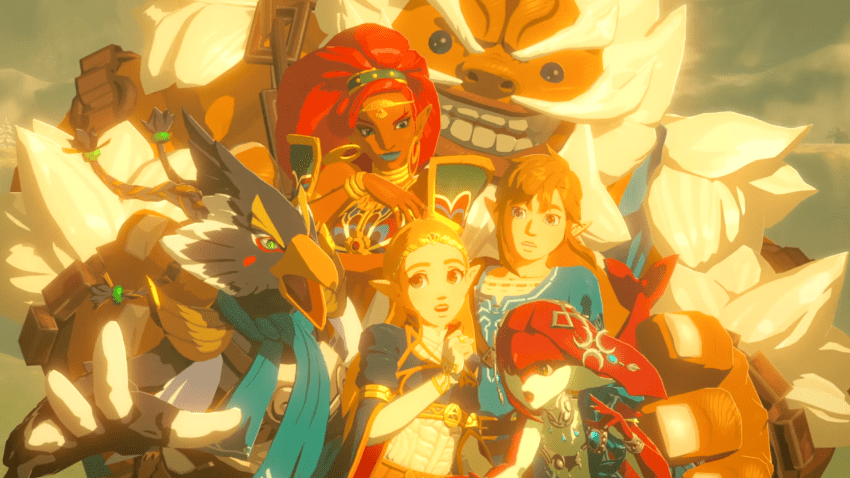
Figure 6. Link and his companions of different races.

